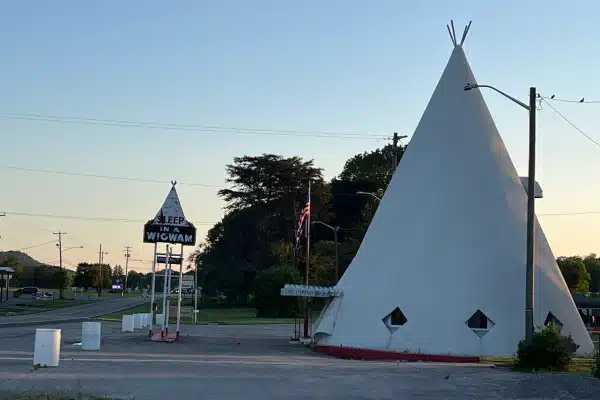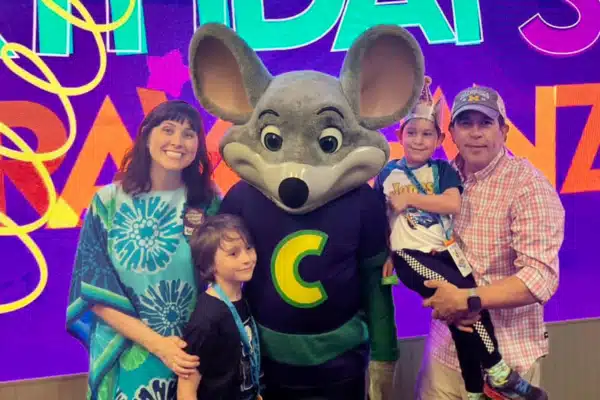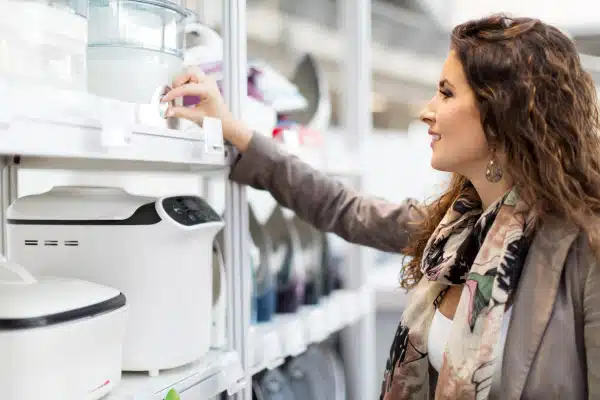
Your Customer Experience Game Plan: Olympics Edition
We’re only three days away from the opening ceremony of the Paris 2024 Olympic Games. I always enjoy watching the opening ceremony because it’s fascinating to see what each country chooses to put forward to represent itself. It’s a fun study in branding. What would you choose to represent your brand and share its story on a global scale? For example, Team Brazil plans to wear denim jackets adorned with the country’s native animals, while team USA is leaning into the “All-American” look by pairing Ralph Lauren jackets with casual jeans. Team Mongolia is already being praised as a winner for its traditional deels with beautifully embroidered details and pointed hats. It’s not just the branding that captivates my attention, though. The Olympics offers profound insights into what it takes to achieve greatness. What daily habits and mindset shifts separate the elite from the ordinary? I firmly believe that we can (and should!) find inspiration for our businesses from any industry. If a brand or entrepreneur is dominant at what they do, they’re probably doing a lot of things right… including things worth studying and emulating. So, let’s explore how the principles that drive Olympians to the pinnacle of success can inspire and elevate our approach to delivering exceptional customer experience (CX). Check out my five golden takeaways that will help you achieve medal-worthy CX.🏅 CX is the ultimate individual and team sport. One of my favorite Olympic sports is gymnastics because it’s both an individual and team sport. Each gymnast has to train and perform at an elite level, but it takes collective dominance to attain the coveted team gold medal. Similarly, CX is both an individual and company-wide pursuit. Every employee is in the experience department. In my Six Weeks to Superfans Masterclass, I introduce the ACE rule, which states: YOU, at any given time, are the Acting Chief of Experience (ACE) for your entire company. When you ACE the interaction (or routine 😉), customers will remember the experience. However, customer centricity isn’t something that can just be left to a few all-stars—it’s got to be instilled, enabled, and executed at each level of the organization. When the entire company rallies around the ACE rule, you will create world-class CX. Go all in on what you do best. Olympians are quite literally the best in the world at what they do. Usually, they aren’t just known for their sport, but a specific element of their sport that they particularly excel at. In my storytelling workshops, I ask entrepreneurs to identify what they’re the best at and why that matters to their prospects. The truth is, if you aren’t clear on this answer, your customers won’t be either. Any good marketer will tell you that when you try to attract everyone, you engage no one. And yet that’s what so many brands and businesspeople do: craft forgettable messages for mass consumption by large, general audiences. Go all in on what you do best. Don’t be a generalist who’s okay at a lot of things. Be the Olympian at your one thing, and you’ll attract the ideal customers for your business (and the right players for your team!). Customer experience is a daily discipline. Olympic athletes dedicate their lives to their sport – usually without much money or notoriety. While many fans may learn of the Olympians’ names and backstories during the competitions or at the medal ceremonies, these athletes have been training and competing for their ticket to Paris for years. Similarly, world-class customer experience is not just the flashy gestures that happen on stage in front of the customer. Creating superfans is something you’ve got to make a daily practice if you want to see results. As Christopher McCormick said, “A lot of people have fancy things to say about customer service, but it’s just a day-in, day-out, ongoing, never-ending, persevering, compassionate kind of activity.” Repetition is critical for amazing customer experience. The more systems and processes you create to ensure predictably positive outcomes for your customers, the better your reputation will be. Don’t leave the opportunity to “wow” a customer to chance; figure out how to make “wow” the standard, and then make it as easy as possible to replicate and iterate. Traditions can boost loyalty. Part of why the Olympics is so special is because it’s a tradition that dates back 3,000 years! Many historians believe the first games were held in 776 BC in Ancient Greece. Interestingly, they occurred every four years because time was counted in “Olympiads” (the term for a four-year interval) rather than years. In 1896, the “modern era” of the Olympics started. One company that is built around tradition is Rhea Lana’s. Rhea Lana’s is a semi-annual children’s consignment event. They sell used children’s clothing, but it’s not your average store like a Once Upon A Child. Franchise owners create highly anticipated events for their communities that act as much like biannual reunions as they do shopping trips. They work tirelessly throughout the year to engage with consignors, collect inventory, and set up shop in a rented warehouse space. Shoppers and consignors count down the days until they reconnect with each other and buy new pieces of clothing for the upcoming season. You may not be able to model your entire business around tradition, but I challenge you to think of one tactic you can implement to drum up excitement, gather your community, and stay top-of-mind with your customers. For example: Such traditions and shared memories help your customers feel included in your success and can boost retention and loyalty. Team morale helps you win. Perhaps the biggest takeaway from the Olympics is the power of team morale. Watching an entire nation come together to cheer for its athletes and celebrate their achievements showcases the strength of unity and shared purpose. The Olympics unites the world, celebrating diversity while highlighting our shared humanity. In business, fostering a sense of belonging and enthusiasm among employees can lead to remarkable outcomes. Are your
Your Customer Experience Game Plan: Olympics Edition Read More »









